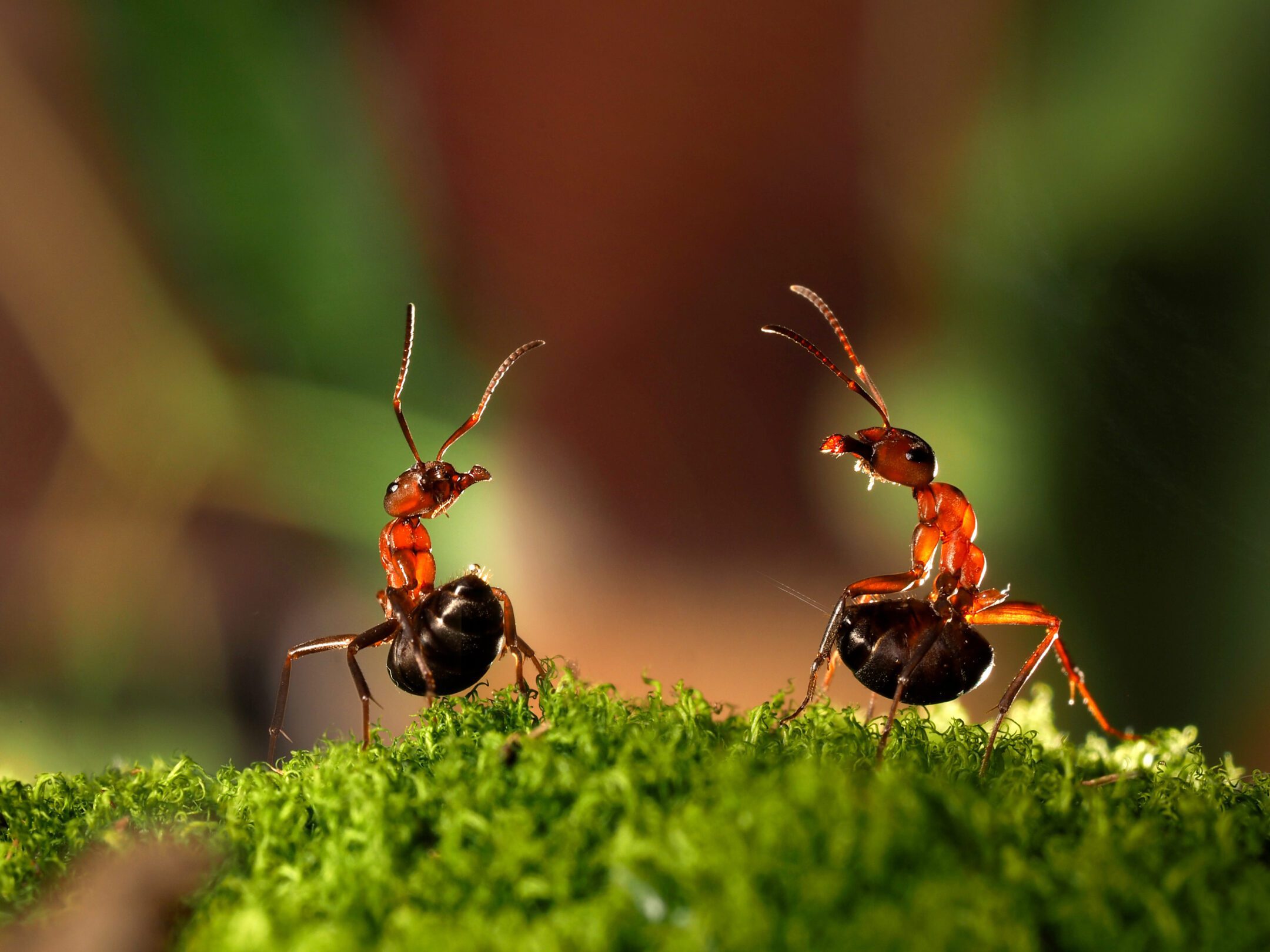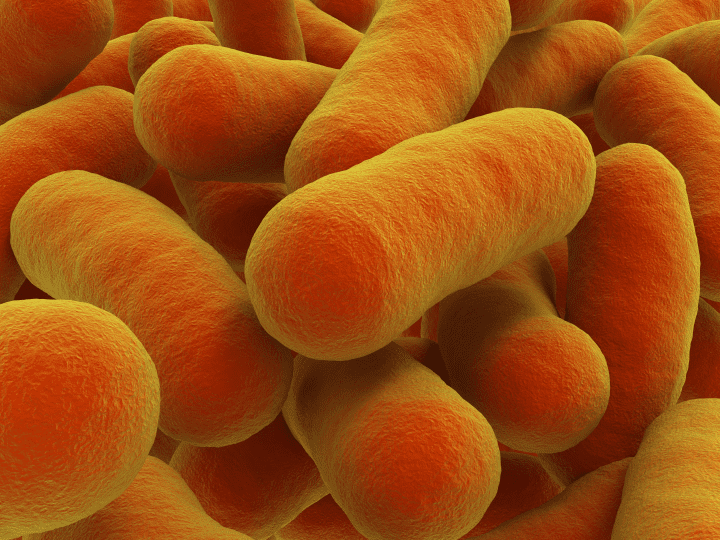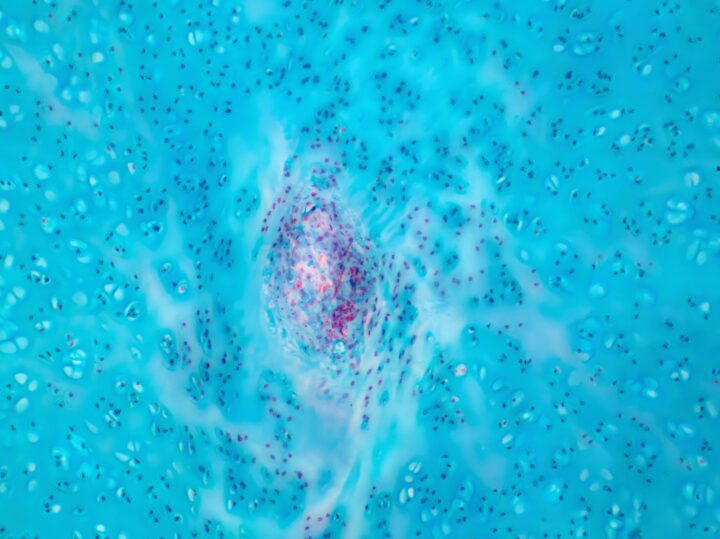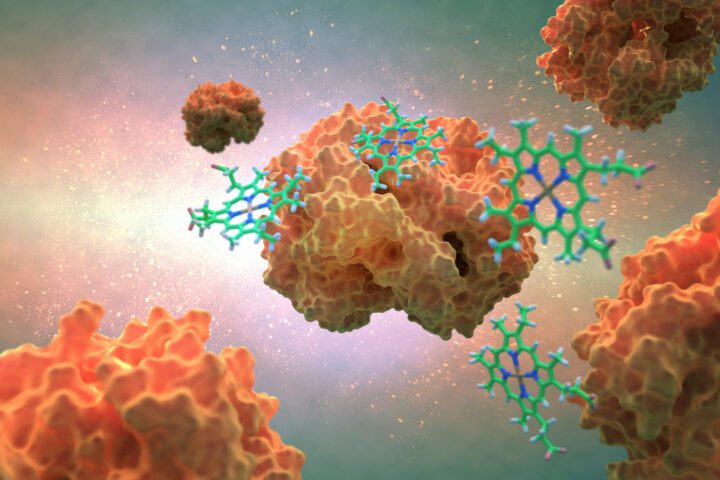Anodyne Chemistries combines enzyme mimics with renewable electricity and water to produce specialty chemicals without emissions or byproducts.
Benefits
- Higher yields
- No toxic byproducts
- No emissions
- Works at ambient temperatures and pressure
- No fossil fuels required
Applications
- Specialty chemicals
- Fuels
UN Sustainable Development Goals Addressed
-

Goal 9: Industry Innovation & Infrastructure
-

Goal 12: Responsible Production & Consumption
The Challenge
The chemical industry currently depends on fossil fuels and requires extreme temperatures and pressures for production. These inefficient processes use huge amounts of energy, and release gigatons of carbon dioxide and dangerous byproducts each year. More sustainable alternatives, such as fermentation and electrochemistry, are also inefficient and expensive.
Biological Model
Inside the cells of living organisms, chemical production is driven by enzymes. They get everything they need to function from the cell itself, including energy from molecules called cofactors. Formic acid, widely used as a preservative in livestock feed, and ammonia, the key ingredient in fertilizer, are both produced efficiently in nature using enzymes. Stinging ants make formic acid, for example, and microbes in soil convert nitrogen into ammonia.
Innovation Details
Inspired by nature, the startup Anodyne Chemistries has created a new bioelectric manufacturing process to produce chemicals more efficiently and sustainably than the leading thermochemical process. It begins with AnoZymes, cell-less enzymes that Anodyne Chemistries has engineered and industrialized to serve as catalysts for chemical production. The enzymes are tethered to an electrode surface with nanowires, which are then electrified, providing the jolt of energy they need to start a chemical reaction. Unlike thermochemical manufacturing, it does not require energy from petrochemicals or extreme temperatures and pressures. It uses, rather than emits, carbon dioxide and doesn’t create any toxic byproducts. Plus, the process results in higher yields, making it more cost-effective as well.
Video: The Best of Biology and Electrochemistry Produces Carbon Negative Chemicals

The Human Factor
Anodyne Chemistries’s story began with an observation: nature produces ammonia, and it does so without harming the environment. Industrial ammonia production, on the other hand, runs on fossil fuels and emits huge amounts of carbon dioxide. Why can’t we produce ammonia—and other chemicals—like nature does? Rather than focus on the organisms that make industrially important chemicals, Anodyne Chemistries’s founders looked inside them for inspiration. Enzymes are nature’s chemical factories, but isolating them from cells—and figuring out how to power them when they’re no longer a part of the metabolic cycle—were the biggest challenges. For that, the Anodyne Chemistries team looked again to nature, creating a “habitat” for their AnoZymes that mimics the environment of a cell and powers them with electricity. They quickly realized that nature produces many other important chemicals enzymatically, including formic acid made by ants and nettles, and methanol produced by bacteria. Inspired by how specific and effective enzymes are, optimized by millions of years of evolution, they began to envision endless possibilities for sustainable chemical production.
Ray of Hope Accelerator
The Ray of Hope Accelerator supports an annual cohort of ten high-impact nature-inspired startups representing various sectors and regions addressing the world’s biggest environmental and sustainability challenges. The accelerator builds upon years of experience as the Ray of Hope Prize. Created in honor of Ray C. Anderson, founder of Interface, Inc. and a business and sustainability leader, the $100,000 Ray of Hope Prize (2020-2023) shone a light on the innovative, nature-inspired solutions that we need to build a sustainable and resilient world. Anodyne Chemistries was selected as a finalist for the 2023 Ray of Hope Prize.






